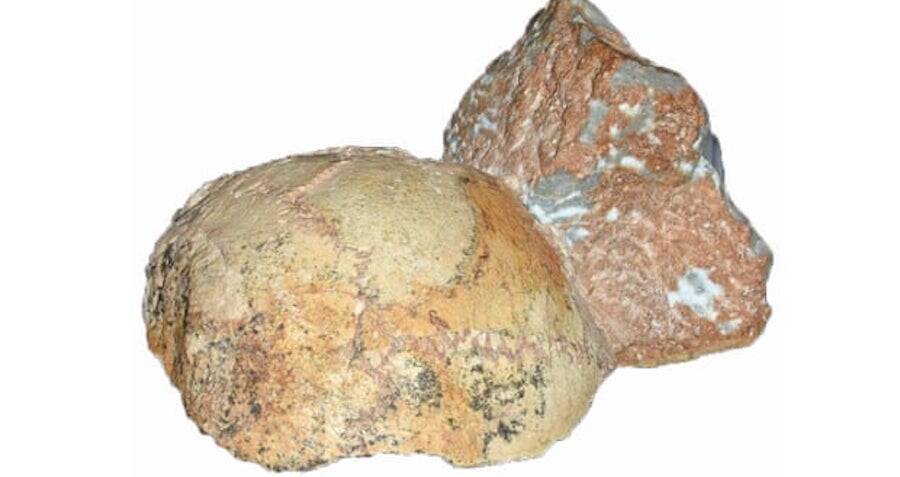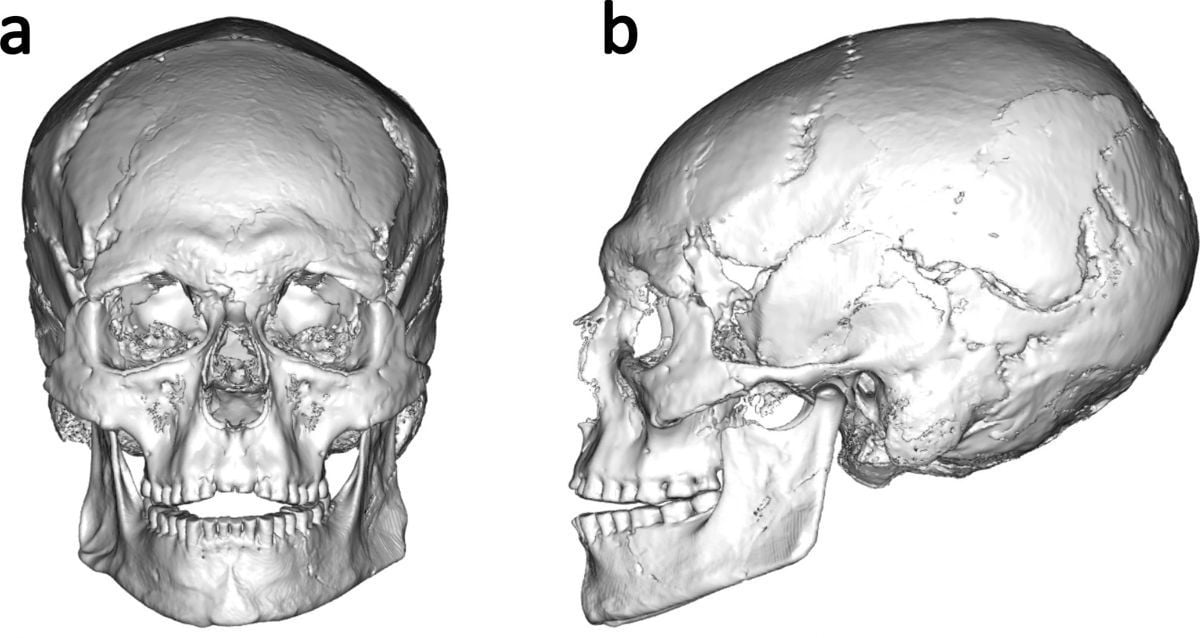Ancient Mystery Deepens: Fossil Found Outside Africa Challenges Human Origins Timeline
To cover their bases using all the modern technology at their disposal, Harvati’s team took advantage of the radioactive decay of natural uranium that occurs in buried human remains, and traced how much has vanished to gather an estimated date range.
They found the Neanderthal skull to be at least 170,000 years old, while the Homo sapiens skull dated back a minimum of 210,000 years. The rock that encased the two skulls was found to be over 150,000 years old. Researchers posit that the two artifacts may have mixed together after a mudflow encased them and then solidified.
Some scientists are skeptical, including Spanish paleoanthropologist Juan Luis Arsuaga and University of Wisconsin-Madison paleontologist John Hawks.
“The fossil is too fragmentary and incomplete for such a strong claim,” said Arsuaga. “In science, extraordinary claims require extraordinary proofs. A partial braincase, lacking the cranial base and the totality of the face, is not extraordinary evidence to my mind.”
“Can we really use a small part of the skull like this to recognize our species?” Hawks asked. “The storyline in this paper is that the skull is more rounded in the back, with more vertical sides, and that makes it similar to modern humans. I think that when we see complexity, we shouldn’t assume that a single small part of the skeleton can tell the whole story.”
For Harvati, however, the physical attributes — and the fact that Neanderthal fossils in Europe have been found to contain human DNA — are enough to at least strongly consider her theory. As it stands, she’s fairly convinced, and suggests more research and data-gathering be done in Greece to confirm or disconfirm her hypothesis.













